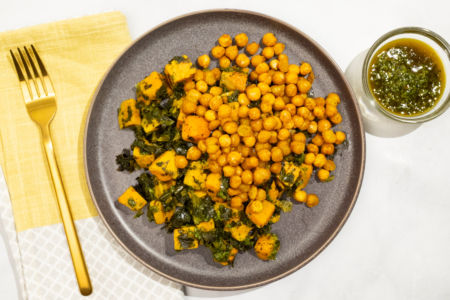Silky, luxurious, and incredibly simple to make, this versatile milk-based sauce is a classic French staple that deserves a spot in every home cook’s arsenal.
History of Bechamel
Though widely known as a French mother sauce, bechamel is actually of Italian origin. The classic white sauce was created in Tuscany during the renaissance period, where it was referred to as salsa colla or colletta. The name translates directly to “glue sauce” and is a reference to the sauce’s thick consistency. It was introduced to French royalty in 1533 and inspired Louis de Béchameil, maître d’hôtel of King Louis XIV, to create the bechamel we know today. The globalization of French cuisine influenced the worldwide popularity of bechamel. Today, the sauce is a staple in Italian, Greek, and American cuisine (where it’s primarily known as white sauce).
Flavor of Bechamel
In its purest form, bechamel tastes milky and buttery with a fleeting, delicate nuttiness at the finish. Though its undertones may vary depending on the herbs, spices, or aromatics infused into the sauce, seasoned bechamel is generally creamy and rich with savory overtones and a hint of sweetness.
Ingredients in Bechamel
Classic bechamel is made from a combination of butter, flour, and milk. Equal parts butter and flour are cooked together to form a white roux, then simmered with milk until thick and velvety. Some traditional recipes call for the milk to first be infused with seasonings, most often shallots, bay leaf, peppercorns, and nutmeg.
How to Use Bechamel

Bechamel can be used either on its own or as a base for an endless variety of creamy sauces. Create layers of richness in cheesy lasagna or hearty moussaka by incorporating classic bechamel. You can also use the sauce in place of basic cream to thicken soups or savory pastry fillings. It adds a subtly complex creaminess without greatly altering the final taste of the dish.
As one of the five mother sauces of French cuisine, bechamel can help you unlock a world of diverse and elegant sauces. Melt gruyere, cheddar, and parmesan into basic bechamel to make mornay sauce, incorporate sauteed onion puree for a classic soubise, or add butter infused with crayfish shells for mouthwatering nantua sauce.
Feature Image: Flicker user Sameer Goyal Jaipur ( CC BY-SA 2.0)



